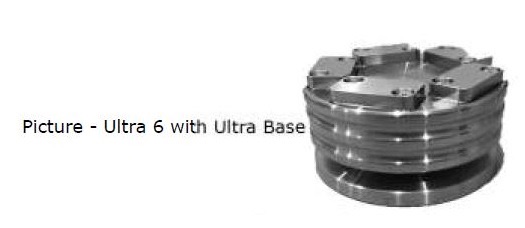There is a difference between power grounding and signal grounding and how they are optomised. In my experience, “star grounding” the power side has sounded the best for me. I have gone from single high powered dedicated circuit to multiple high powered dedicated circuits and back to single circuits many times over the years. And now prefer one high power dedicated circuit with specifically designed and executed “star ground” wiring (all outlets with equal length wire connected at one point). The music is powerful and coherent. I want all power supplies to “see” the same ground point and potential. For me it is a “timing” issue
Signal ground is another issue. Based on what I am reading in this thread, performance is following a logical progression. And “star grounding” is not necessarily the best route for signal grounding. This is what I think:
1. We want a signal ground with the highest potential we can afford.
2. We want a cable that connects the component’s signal ground to the ground potential with the least resistance (and time lag, ie: group delay in my opinion).
3. Digital circuits produce a lot of noise and likely cross-contaminate analog components. Star grounding is probably not an optimum solution, so a separate grounding box will likely sound better. Many systems will likely be OK with one box, but not all, especially “Uber” systems, which expose all differences (the good and the bad).
4. True, dual differentially balanced circuits, will likely sound better with two cables, one for each channel. This makes sense, as it is essentially dual-mono, connecting the ground to one channel does not improve the other, creating a weird effect. True balanced designs usually require two of everything.
5. Connecting two truly balanced analog sources to one grounding box even with high ground potential, may still cross-contaminate through the star ground (everything connected to a single box), because even ultra small resulting differential in noise (ground loop) is considered as signal in the balanced circuit and passed as SIGNAL.
6. It is no wonder to me that the ultimate solution and performance is to have one super high potential single point connection for each component, such as the Olympos.
7. Big question: Is the new Olympos with single post (and high ground potential) better than the Silver Tellus or Silver Tellus plus Atlantis Tellus when used for only one component?
Just my thoughts.







